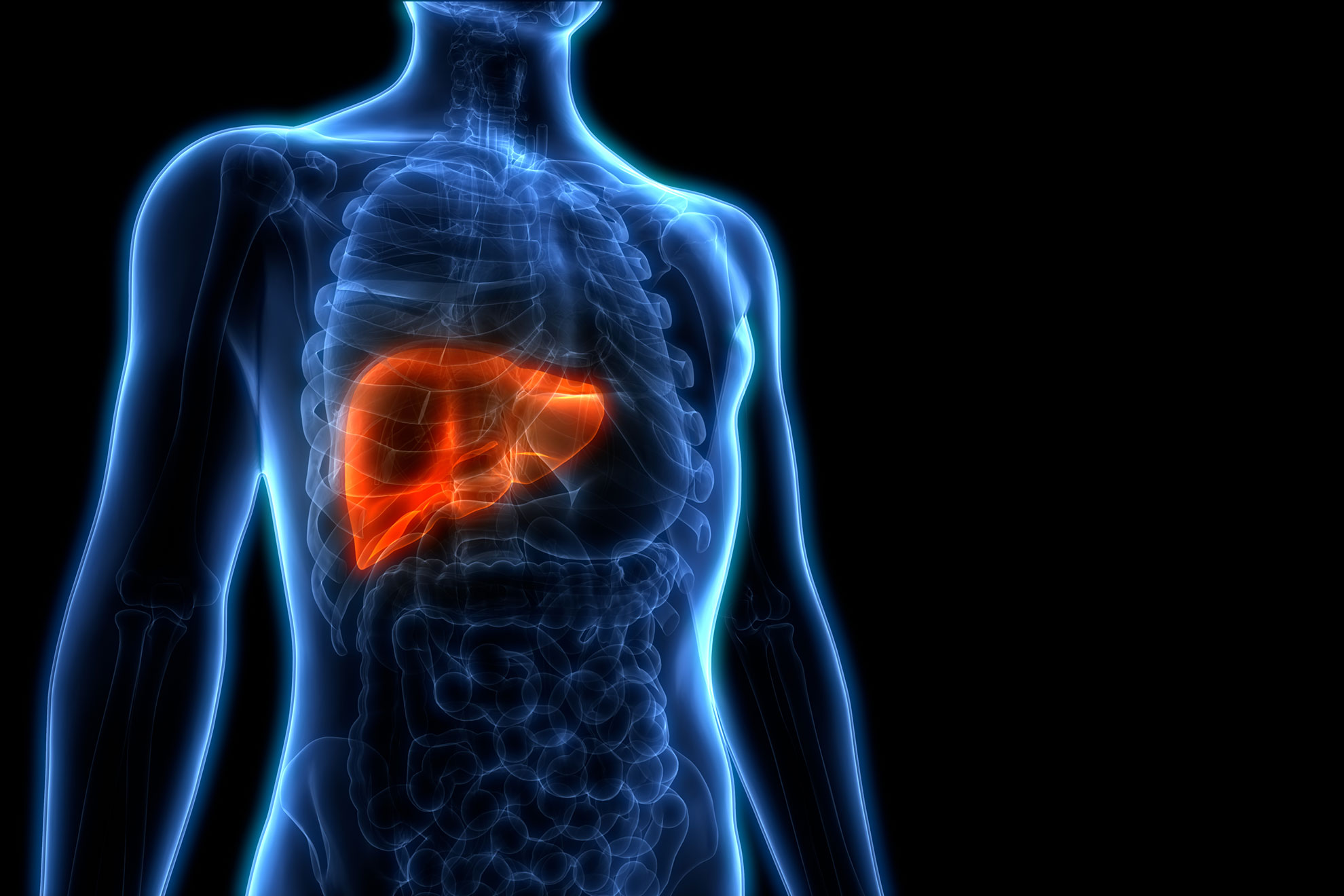Bile imbalance, a significant factor in liver cancer, has emerged as a critical area of research in understanding hepatocellular carcinoma (HCC), the most prevalent form of this disease. Recent studies indicate that disturbances in bile acid metabolism can set off a cascade of liver injuries, ultimately leading to cancerous growths. The intricate relationship between bile acids and cancer highlights the importance of examining molecular mechanisms, such as the YAP-FXR interaction, that contribute to liver pathology. Researchers are now exploring innovative liver cancer treatment options that target these metabolic pathways, potentially offering new hope for patients. As our understanding deepens, the link between bile acids and cancer not only frames new investigative avenues but also emphasizes the urgency of addressing bile imbalance in preventive strategies.
The issue of bile imbalance, related to liver malignancies, is gaining traction in medical research. Disruptions in bile production and regulation have been implicated in various liver diseases, including hepatocellular carcinoma (HCC). Understanding how these bile acids function and interact within the body’s systems is essential for developing effective liver cancer therapies. Moreover, the exploration of bile acid dynamics, along with its metabolic effects, is vital for future clinical interventions geared at reducing cancer risks. By investigating the roles of key regulators such as YAP and FXR, we can uncover new therapeutic possibilities that target bile metabolism and its influence on liver health.
Understanding Bile Imbalance and Its Impact on Liver Health
Bile health plays a pivotal role in the overall functioning of the liver, where bile acids not only aid in fat digestion but also regulate various metabolic processes. An imbalance in bile can lead to serious liver issues, including hepatocellular carcinoma (HCC), the most prevalent form of liver cancer. Research indicates that dysregulation of bile acid production harms liver tissues, leading to inflammation and potentially cancerous growth. Hence, monitoring bile acid levels is critical for early detection and prevention of liver diseases.
Recent findings have linked bile acid metabolism to important regulatory pathways such as the Hippo/YAP pathway. When bile acids are produced in excess, as seen in cases of bile imbalance, they can disrupt essential liver functions, prompting further investigation into interventions that may normalize these levels. Understanding the connection between bile acid levels and liver cancer opens new avenues for liver cancer treatment, especially through targeted therapies that aim to restore metabolic balance.
Frequently Asked Questions
How is bile imbalance related to liver cancer treatment?
Bile imbalance has been shown to play a significant role in liver cancer treatment by influencing tumor promotion through pathways like the Hippo/YAP interaction. By targeting bile acid metabolism and enhancing fxr function, new therapies may emerge to manage hepatocellular carcinoma (HCC) more effectively.
What role do bile acids play in cancer progression, particularly in liver cancer?
Bile acids serve not only as digestive agents but also regulate metabolic processes. Imbalances in bile acids can lead to liver injury and inflammation, which are key precursors to hepatocellular carcinoma (HCC), linking bile acid metabolism directly to cancer progression.
What is the significance of the Hippo/YAP pathway in bile acid metabolism and liver cancer?
The Hippo/YAP pathway is crucial for cell growth regulation and has been found to repress FXR, a bile acid sensor. This disruption leads to overproduction of bile acids, which is linked to liver fibrosis and hepatocellular carcinoma (HCC).
How does the YAP-FXR interaction affect bile acid levels in liver cancer patients?
In liver cancer patients, YAP activation can impair FXR function, leading to excessive bile acid build-up in the liver. This imbalance contributes to liver damage and the progression to hepatocellular carcinoma (HCC).
What research is being done on bile acids and cancer?
Current HCC research focuses on the role of bile acids in liver cancer development, particularly how their imbalance impacts liver metabolism and how targeting the FXR might provide new treatment avenues for hepatocellular carcinoma.
Can targeting bile acid metabolism lead to new therapies for liver cancer?
Yes, targeting bile acid metabolism, especially through enhancing FXR function or promoting bile acid excretion, could lead to innovative therapies for liver cancer treatment by alleviating the damaging effects of bile imbalance.
What findings were published in relation to bile imbalance and liver cancer in Nature Communications?
Recent findings indicate that an imbalance in bile acids can trigger liver diseases, including hepatocellular carcinoma (HCC), by disrupting bile acid metabolism through the YAP-FXR interaction, highlighting potential intervention points for liver cancer treatment.
How does bile acid homeostasis influence the development of hepatocellular carcinoma?
Bile acid homeostasis is critical; when disrupted, it leads to overproduction of bile acids that contributes to inflammation and fibrosis, setting the stage for the development of hepatocellular carcinoma (HCC).
| Key Point | Details |
|---|---|
| Bile Acid Imbalance | An imbalance in bile acids can lead to liver diseases, particularly hepatocellular carcinoma (HCC), the most common type of liver cancer. |
| Molecular Switch Identified | A key molecular switch, the YAP protein, has been identified that regulates bile acid metabolism. |
| Role of YAP | Surprisingly, YAP promotes tumor formation by inhibiting FXR (Farnesoid X receptor) essential for bile acid homeostasis. |
| Therapeutic Implications | Blocking YAP’s repressive effects or stimulating FXR could lead to new liver cancer treatments. |
| Research Support | The study was supported by the National Institutes of Health and the National Cancer Institute. |
Summary
Bile imbalance and liver cancer are intricately linked, as evidenced by recent research revealing how disrupted bile acid metabolism can trigger severe liver diseases, including hepatocellular carcinoma (HCC). The identification of the YAP protein as a molecular switch highlights the potential for new therapeutic strategies that target bile acid regulation, offering hope for more effective treatments against liver cancer.
